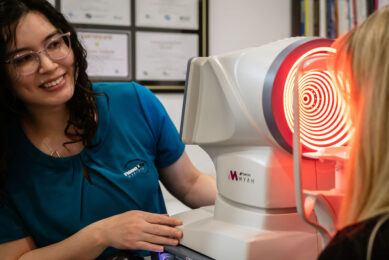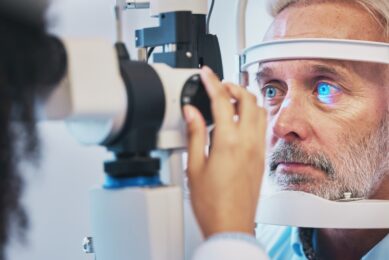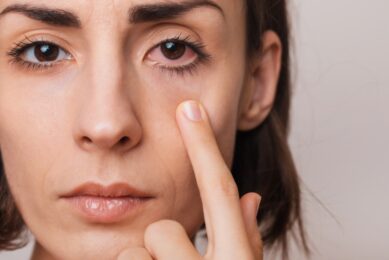
Diabetic eye disease refers to a group of eye problems that can affect people with diabetes. The main types of diabetic eye disease include:
- Diabetic retinopathy: This is the most common diabetic eye disease, caused by damage to the blood vessels in the retina. It can lead to vision loss and blindness if left untreated.
- Diabetic macular oedema: This occurs when fluid builds up in the macula, causing swelling and blurry vision.
It also increases the likelihood of developing other eye diseases such as:
- Glaucoma – approximately 2x risk
- Cataract – 2-5x more likely to develop cataract at a younger age
Diabetic eye disease often develops without early symptoms, making regular comprehensive dilated eye exams crucial for early detection and treatment. The risk of developing these conditions increases the longer a person has diabetes. Proper management of diabetes, including controlling blood glucose, blood pressure, and cholesterol levels, can help prevent or delay the onset of diabetic eye disease. Early detection and treatment are essential in preventing vision loss.
What to expect:
- Comprehensive eye examination
- Dilation drops: Usually tropicamide to enlarge the pupil to ensure peripheral retina is assessed in depth. You will not be able to drive for a few hours after your appointment.
- Fundus Photography:This gives a non-invasive overview of the retina, and it detects various features of diabetic retinopathy such as microaneurysms, haemorrhages, and neovascularisation.
- Optical Coherence Tomography (OCT): OCT is non-invasive. It provides high-resolution cross-sectional images of the retina, allowing for detailed visualization of retinal layers and detection of structural changes associated with diabetic retinopathy. OCT is particularly valuable in detecting and quantifying macular oedema (fluid accumulation in the macula), which is a common cause of vision loss in diabetic patients.
- Collaboration with GP: Following your appointment, we will write a letter to your GP, advising of any diabetic eye disease signs.
We recommend annual diabetic eye examinations. If there are any problems, we will review more frequently.
OCT Imaging
Optical Coherence Tomography or OCT as it’s more commonly known, is a sophisticated scanning system that produces highly detailed images of the internal structure...
Find Out More
Family Optometry
Family Optometry Services Vision One Eyecare is your local centre for family eyecare in Langwarrin and the surrounding suburbs of Karingal, Frankston, Seaford, Cranbourne, and Mornington...
Find Out MoreVision Screenings
If your child avoids reading, experiences discomfort and fatigue when attempting to complete schoolwork......
Find Out More
Cataracts
A cataract is a clouding of the lens in the eye. The lens is normally clear, but it can become cloudy as we age. This cloudiness can make it difficult to see.
Find Out More
Keratoconus
Keratoconus is a condition that causes the cornea, the clear front part of the eye, to become thin and cone-shaped. This can lead to blurry, distorted vision.
Find Out More
Age-related Macular degeneration (AMD)
Age-Related Macular Degeneration (AMD) is a condition that affects the macula, a small part of the retina that is responsible for central vision. AMD causes blurred, distorted vision, or even blind spots in the centre of your vision.
Find Out More
Contact Lens Care
Contact lenses are a great way to improve your vision, but they require proper care to avoid eye infections and other problems. Here are some tips on how to care for your contact lenses:
Find Out Morevisiononeeyecare
We are your independent and family focused Optometrist.





















